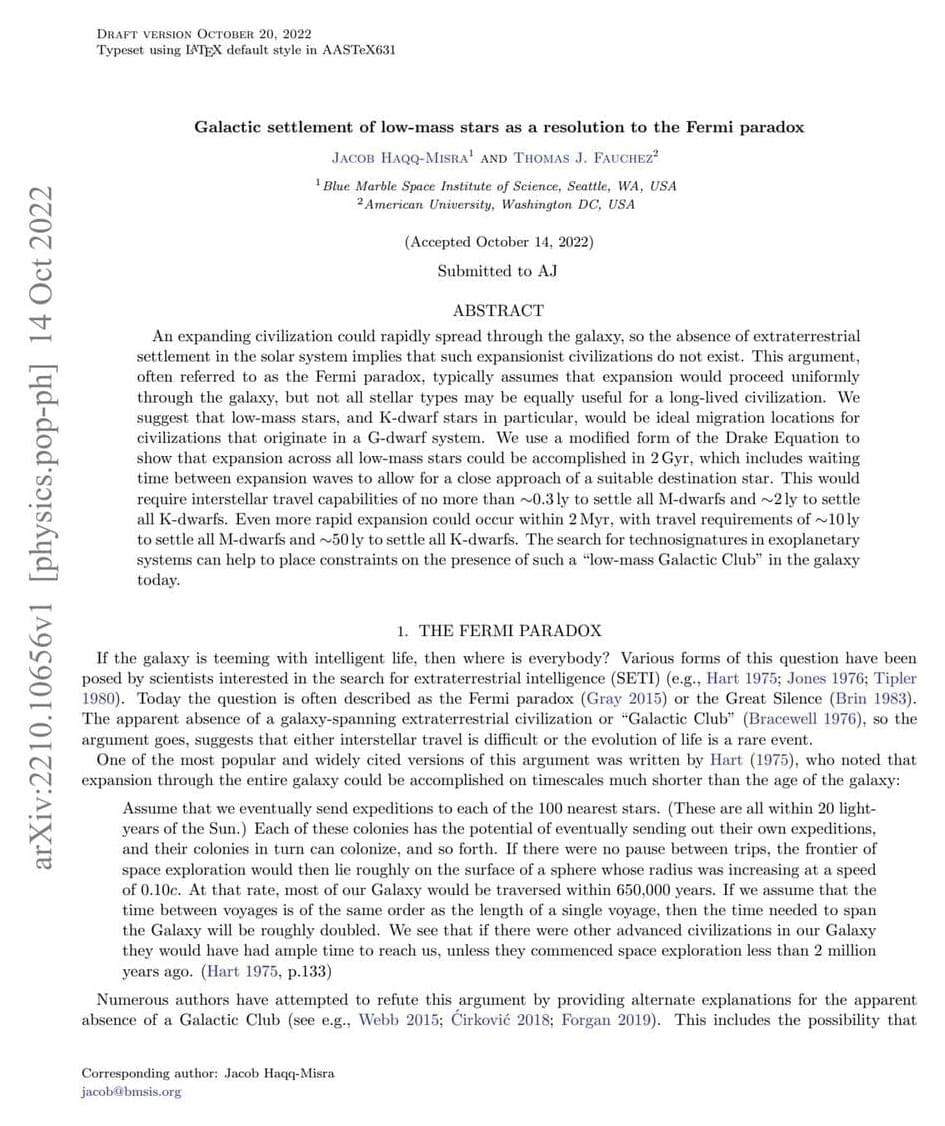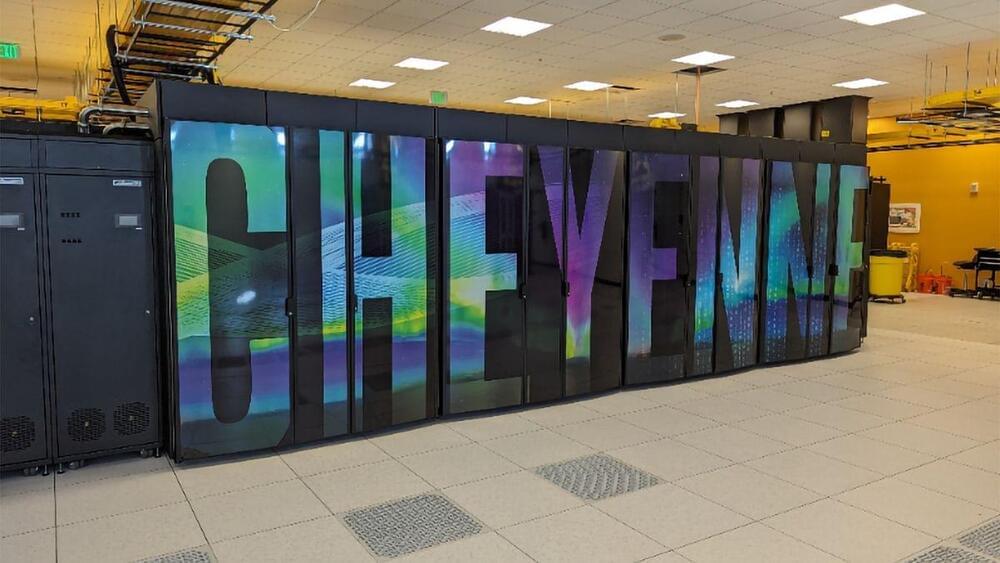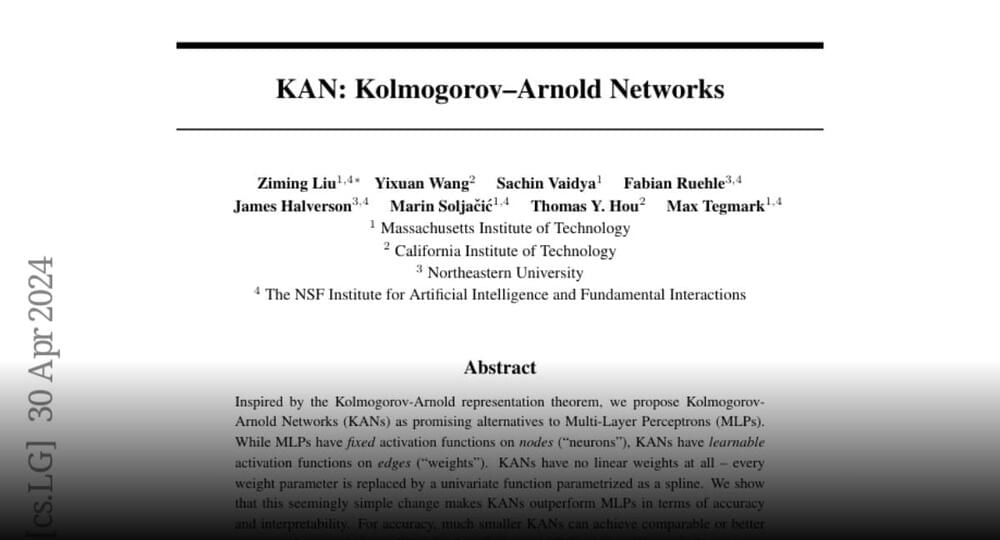Try Opera browser FOR FREE here https://opr.as/eiiu-sabine-hossenfelder Last week I saw a lot of headlines about a space propulsion system that uses nuclear fusion. The news comes from a company by name RocketStar Inc. which announced in a press release that they have “reinvented” spacecraft by releasing the “world’s first fusion-enhanced space thruster, the FireStar™ Fusion Drive. They claim that the FireStar TM Fusion Drive improves their water powered pulsed plasma thruster by harnessing aneutronic nuclear fusion by 50%. In this video I explain what this all means. 🤓 Check out my new quiz app ➜ http://quizwithit.com/ 💌 Support me on Donorbox ➜ https://donorbox.org/swtg 📝 Transcripts and written news on Substack ➜ https://sciencewtg.substack.com/ 👉 Transcript with links to references on Patreon ➜ / sabine 📩 Free weekly science newsletter ➜ https://sabinehossenfelder.com/newsle… Audio only podcast ➜ https://open.spotify.com/show/0MkNfXl… 🔗 Join this channel to get access to perks ➜
/ @sabinehossenfelder 🖼️ On instagram ➜
/ sciencewtg #science #sciencenews #technews #technews #space #nuclear
Get the latest international news and world events from around the world.


Scientists show that there is indeed an ‘entropy’ of quantum entanglement
Bartosz Regula from the RIKEN Center for Quantum Computing and Ludovico Lami from the University of Amsterdam have shown, through probabilistic calculations, that there is indeed, as had been hypothesized, a rule of “entropy” for the phenomenon of quantum entanglement. This finding could help drive a better understanding of quantum entanglement, which is a key resource that underlies much of the power of future quantum computers. Little is currently understood about the optimal ways to make an effective use of it, despite it being the focus of research in quantum information science for decades.
The second law of thermodynamics, which says that a system can never move to a state with lower “entropy”, or order, is one of the most fundamental laws of nature, and lies at the very heart of physics. It is what creates the “arrow of time,” and tells us the remarkable fact that the dynamics of general physical systems, even extremely complex ones such as gases or black holes, are encapsulated by a single function, its “entropy.”
There is a complication, however. The principle of entropy is known to apply to all classical systems, but today we are increasingly exploring the quantum world. We are now going through a quantum revolution, and it becomes crucially important to understand how we can extract and transform the expensive and fragile quantum resources.


OpenAI’s ethics forgotten? Microsoft pitches DALL-E for US military use
According to files accessed by journalist Jack Poulson, Microsoft presented OpenAI’s DALL-E as a tool to conduct Advanced Computer Vision Training of Battle Management Systems (BMS).
A BMS is a software suite that provides military leaders with an overview of a combat situation and helps them plan troop movements, artillery fire, and air strike targets. According to Microsoft’s presentation, the DALL-E tool could generate artificial images and train BMS to visualize the ground situation better and identify appropriate strike targets.

Beautiful Nebula, Violent History: Clash of Stars Solves Stellar Mystery
When astronomers looked at a stellar pair at the heart of a stunning cloud of gas and dust, they were in for a surprise. Star pairs are typically very similar, like twins, but in HD 148,937, one star appears younger and, unlike the other, is magnetic.
New data from the European Southern Observatory (ESO) suggest there were originally three stars in the system, until two of them clashed and merged. This violent event created the surrounding cloud and forever altered the system’s fate.
“When doing background reading, I was struck by how special this system seemed,” says Abigail Frost, an astronomer at ESO in Chile and lead author of the study, “A magnetic massive star has experienced a stellar merger,” published in Science.

Scientists use Wearable Technology to Detect Stress Levels During Sleep
What if changes in a person’s stress levels could be detected while they sleep using wearable devices? A new study by University of Vermont researchers published in PLOS Digital Health is the first to find changes in perceived stress levels reflected in sleep data—an important step towards identifying biomarkers that may help flag individuals in need of support.
Given how critical sleep is to physical and mental health, the research team suspected signals might exist in sleep data, says Laura Bloomfield, a research assistant professor of mathematics and statistics and lead author of the study. “Changes in stress are visible.”
When parsing baseline sleep data, the researchers found “consistent associations” between people’s perceived stress scores and factors such as total sleep time, resting heart rate and heart rate variability, and respiratory rate.

‘QBism’: The most radical interpretation of quantum mechanics ever
Quantum mechanics, the most potent theory physicists have developed, doesn’t make sense. What I mean by that statement is that quantum mechanics — which was developed to describe the microworld of molecules, atoms, and subatomic particles — leaves its users without a common-sense picture of what it describes. Full of what seem to be paradoxes and puzzles, quantum physics demands, for most scientists, an interpretation: a way of making sense of its mathematical formalism in terms of a concrete description of what exists in the world and how we interact with it. Unfortunately, after a century not one but a basketful of “quantum interpretations” have been proposed. Which one is correct? Which one most clearly understands what quantum physics has been trying to tell us these past 100 years?
In light of these questions, I’m beginning a series that explores the most radical of all the quantum interpretations, the one I think gets it right, or at least is pointed in the right direction. It is a relative newcomer to the scene, so you may not have heard of it. But it has been gaining a lot of attention recently because it doesn’t just ask us to reimagine how we view the science of atoms; it asks us to reimagine the process of science itself.
The term “QBism” was shorthand for “Quantum Bayesianism” when this idea/theory/interpretation was first proposed in the late 1990s and early 2000s. The name hit the nail on the head because “Bayesianism” is a radical way of interpreting probabilities. The Bayesianist approach to what we mean by probability differs strongly from what you learned in school about coin flips and dice rolls and how frequently a particular result can be expected to appear. Since probabilities lie at the heart of quantum mechanics, QBism zeroed in on a key aspect of quantum formalism — one that other interpretations had missed or swept under the rug — because it focused squarely on how we interpret probabilities. We’re going to dig deep into all of this as we go along in this series, but since today’s column is supposed to be the introduction, let’s start with a 10,000-foot view of what’s at stake in the great “Quantum Interpretation Wars” so we can see where QBism fits in.


Carlo M. Cipolla
Amazon.com: The Basic Laws of Human Stupidity: 9780385546478: Cipolla, Carlo M., Taleb, Nassim Nicholas: Books.